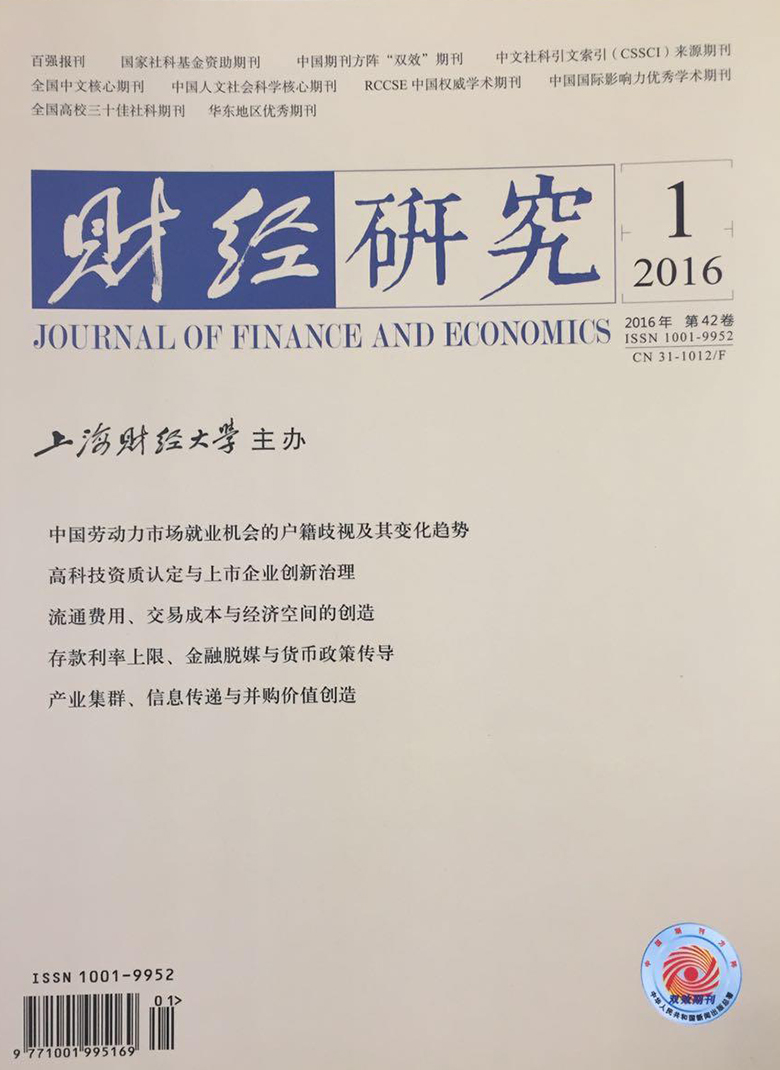In the context of the services-based global economy and FDI shift to service sectors,it is of more importance to analyze FDI motivations and productivity premium of multinational services firms.However,the service sectors and multinationals themselves are neglected in previous studies of FDI motivations.Based on these defects,this paper focuses on multinational services firms themselves,and employs a large sample of services firms of 135 countries including China from the World Bank from 1999 to 2012 to analyze the FDI motivations and productivity premium of multinational services firms and then compare them with manufacturing enterprises.The results are as follows:firstly,the FDI motivation of multinational services firms is mainly based on market-seeking,but the efficiency-seeking motivation is more significant in the higher income host countries;secondly,most of multinational services firms have significant productivity premium of efficiency-seeking FDI at the whole,nation and industry levels,namely compared with market-seeking FDI,multinational services firms seeking efficiency have higher productivity;thirdly,the FDI motivation of multinational manufacturing firms is mainly based on efficiency-seeking,but multinational services firms have higher strength of efficiency-seeking FDI motivation and productivity premium.The conclusions above-mentioned imply rich policy implications for China's FDI inflows and outflows in service sectors from the perspectives of institution design and advantages exertion.
 / Journals / Journal of Finance and Economics
/ Journals / Journal of Finance and EconomicsJournal of Finance and Economics
LiuYuanchun, Editor-in-Chief
ZhengChunrong, Vice Executive Editor-in-Chief
YaoLan BaoXiaohua HuangJun, Vice Editor-in-Chief
FDI Motivations and Productivity Premium of Multinational Services Firms
Journal of Finance and Economics Vol. 42, Issue 01, pp. 113 - 122 (2016) DOI:10.16538/j.cnki.jfe.2016.01.011
Abstract
References
Abstract
Cite this article
Liu Jun. FDI Motivations and Productivity Premium of Multinational Services Firms[J]. Journal of Finance and Economics, 2016, 42(1): 113–122.
Export Citations as:
For




 6883
6883  6397
6397

